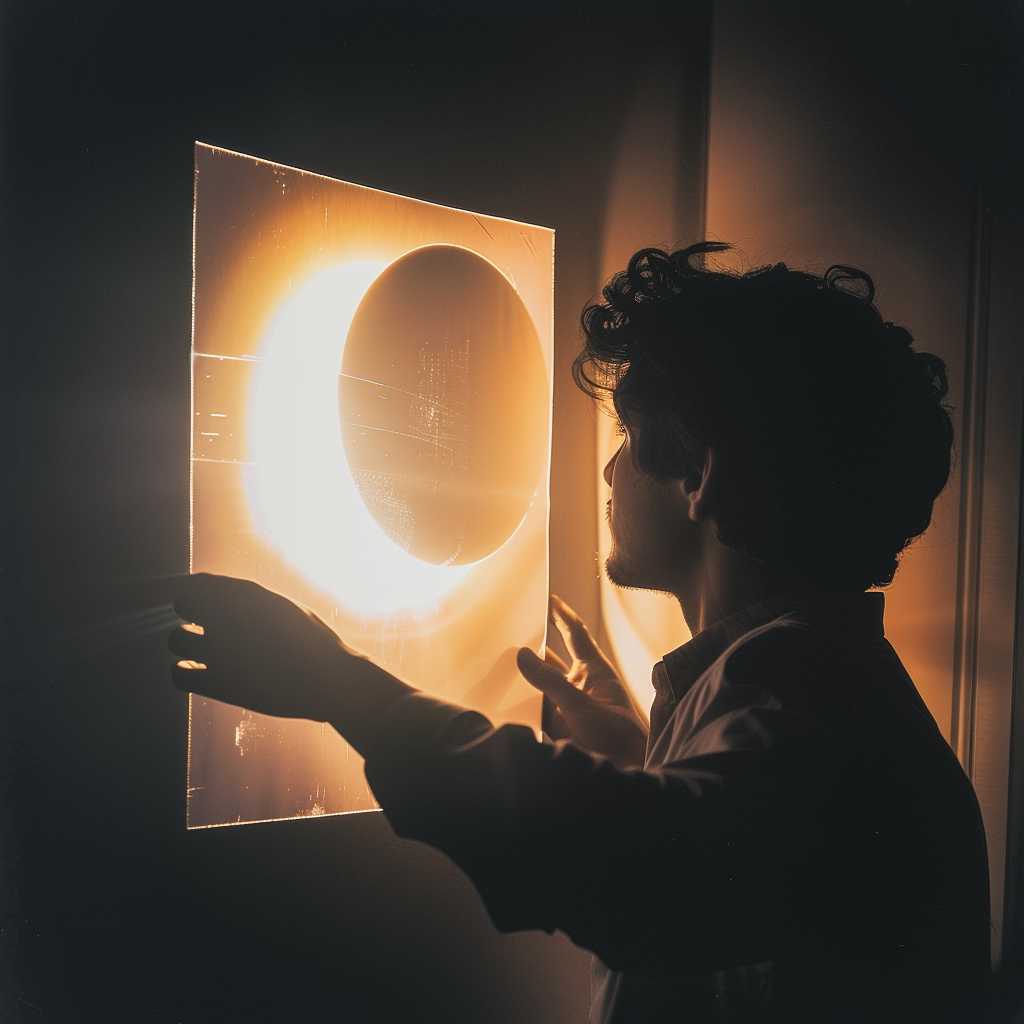How To View An Eclipse Safely Without Special Glasses
The natural phenomenon of a solar eclipse is a spectacular sight that fascinates many people around the world. However, viewing a solar eclipse can be dangerous if proper precautions are not taken. Solar eclipse glasses are the most commonly recommended safety device for watching an eclipse, but they may not always be readily available. Fortunately, there are alternative methods to safely view an eclipse without special glasses. This article outlines various techniques and considerations to ensure that you can enjoy an eclipse without risking damage to your eyes.
Understanding the Risks of Viewing an Eclipse Directly
The first and possibly most important point to consider is why regular sunglasses or no protection at all are far from sufficient when watching an eclipse. The sun emits intense ultraviolet rays, and even when 99% obscured during an eclipse, the visible sliver can still emit enough light to create temporary or permanent retinal damage, sometimes resulting in blindness.
Unlike our skin, which feels the heat and cause someone to retract from a heat source, the retina of the eyes does not have pain receptors. Therefore, damage can occur without any sensation of pain, and the effects may only be noticed hours later when the damage has already been done.
Pinhole Projection Technique
One safe method to observe a solar eclipse indirectly is by using a pinhole projector. This simple device can be made at home with just two pieces of white card stock. A small hole is punctured in one piece of paper using a pin or thumbtack. During the eclipse, the sun’s image can be projected through this hole onto the second piece of paper. Here’s how you set up and use your pinhole projector:
–
Pinhole Creation:
First, create a tiny hole in one of your pieces of card stock.
–
Projection Setup:
Stand with your back towards the sun and hold the card stock with the hole above your shoulder, allowing sunlight to pass through that hole.
–
Image Viewing:
Hold the second piece placed on the ground or surface in front of you, where you will see the sun’s projection.
–
Adjustments:
Move—or adjust— the distance between the two cards to focus and change the size of the projected image.
This technique will allow you to watch different phases of an eclipse in real time without looking directly at the sun.
Using Handy Alternatives for Pinhole Projection
Besides using card stock, there are numerous items around your house that can function as a pinhole projector. Items include colanders, crackers with holes, or even the gaps between leafy trees which naturally create numerous pinholes that can cast interesting crescent-shaped shadows on the ground during partial eclipses.
Safety Tips for Indirect Viewing Techniques
Even though indirect techniques like pinhole projection are generally safe, certain precautions should still be considered:
– Always turn your back towards the sun while using any type of projection device.
– Ensure others around you, especially children, are also using safe viewing practices.
– Do not look at the bright sky near the sun as it may still be considerably bright outside of the direct solar disk.
Professional Solar Filters and Viewers
As alternatives to homemade projectors or indirect viewing techniques, various commercial products are often used for direct viewing of solar phenomena without eclipse glasses. These include:
– Solar viewers verified to be compliant with the ISO 12312-2 safety standard.
– Welder’s glasses rated 14 or higher.
– Dedicated solar telescopes or binoculars with proper solar filters.
It’s essential to ensure that any commercial viewing product is undamaged and specifically designed for solar viewing.
